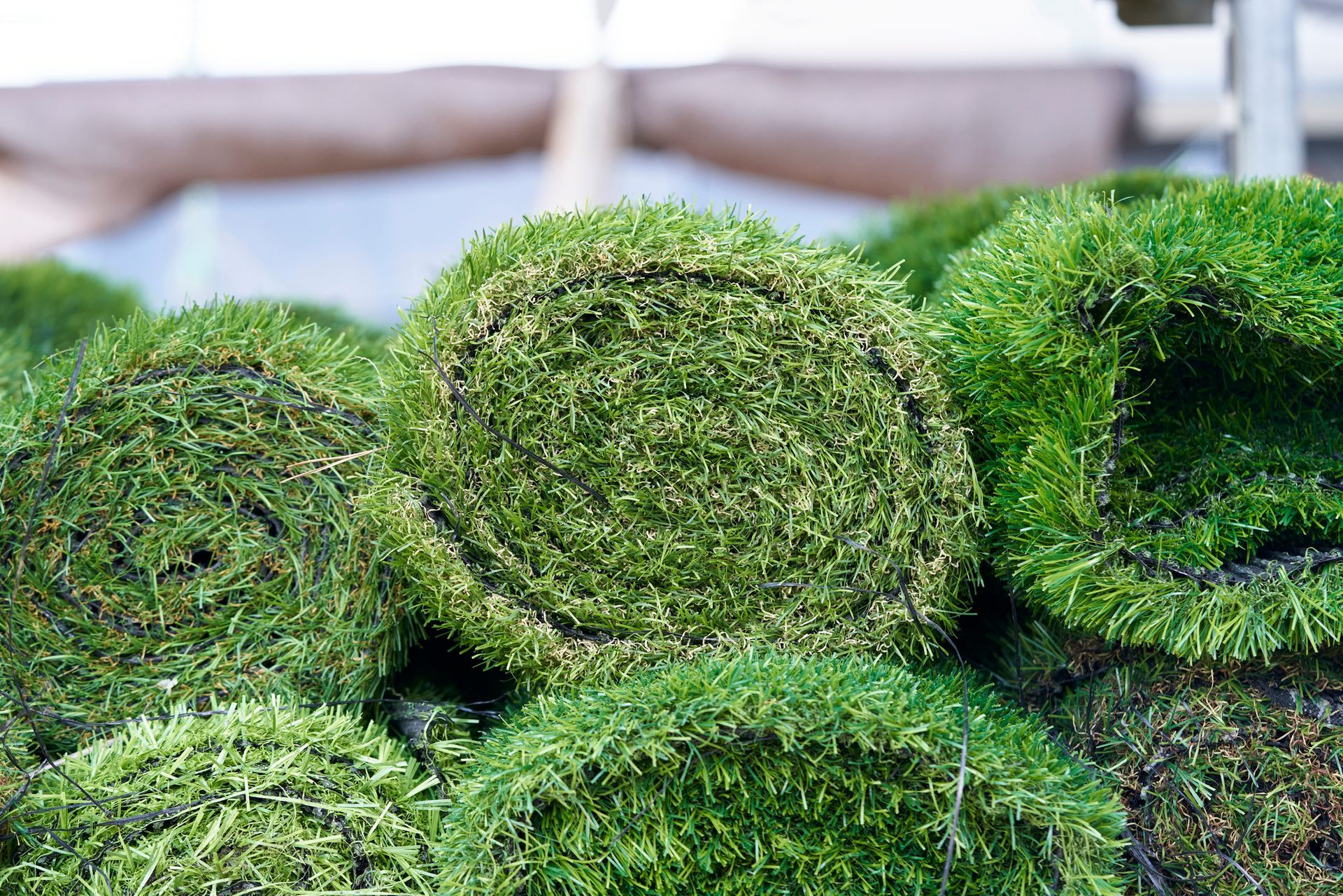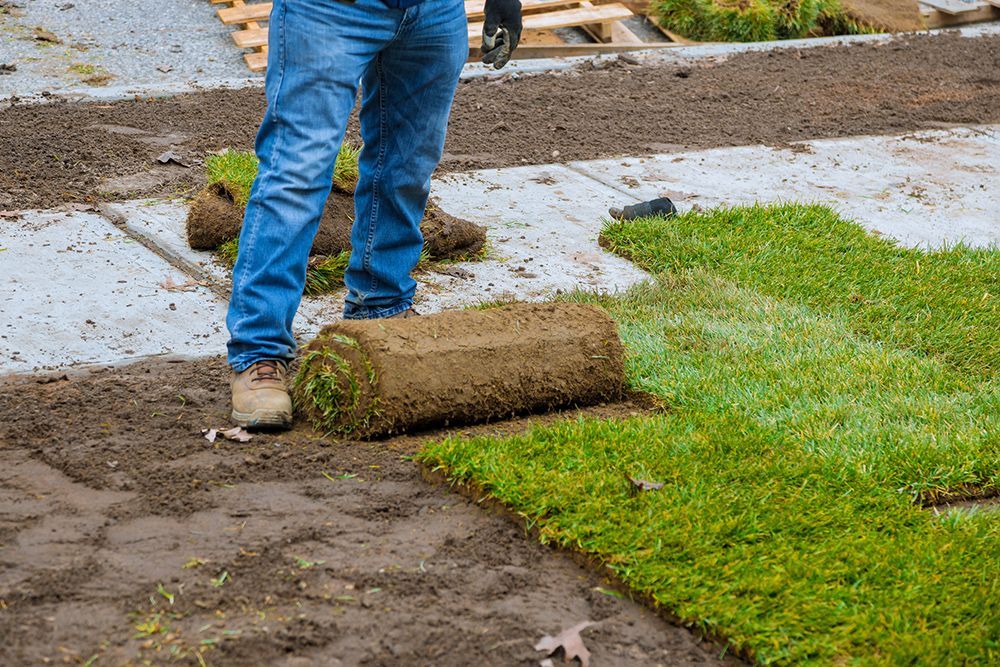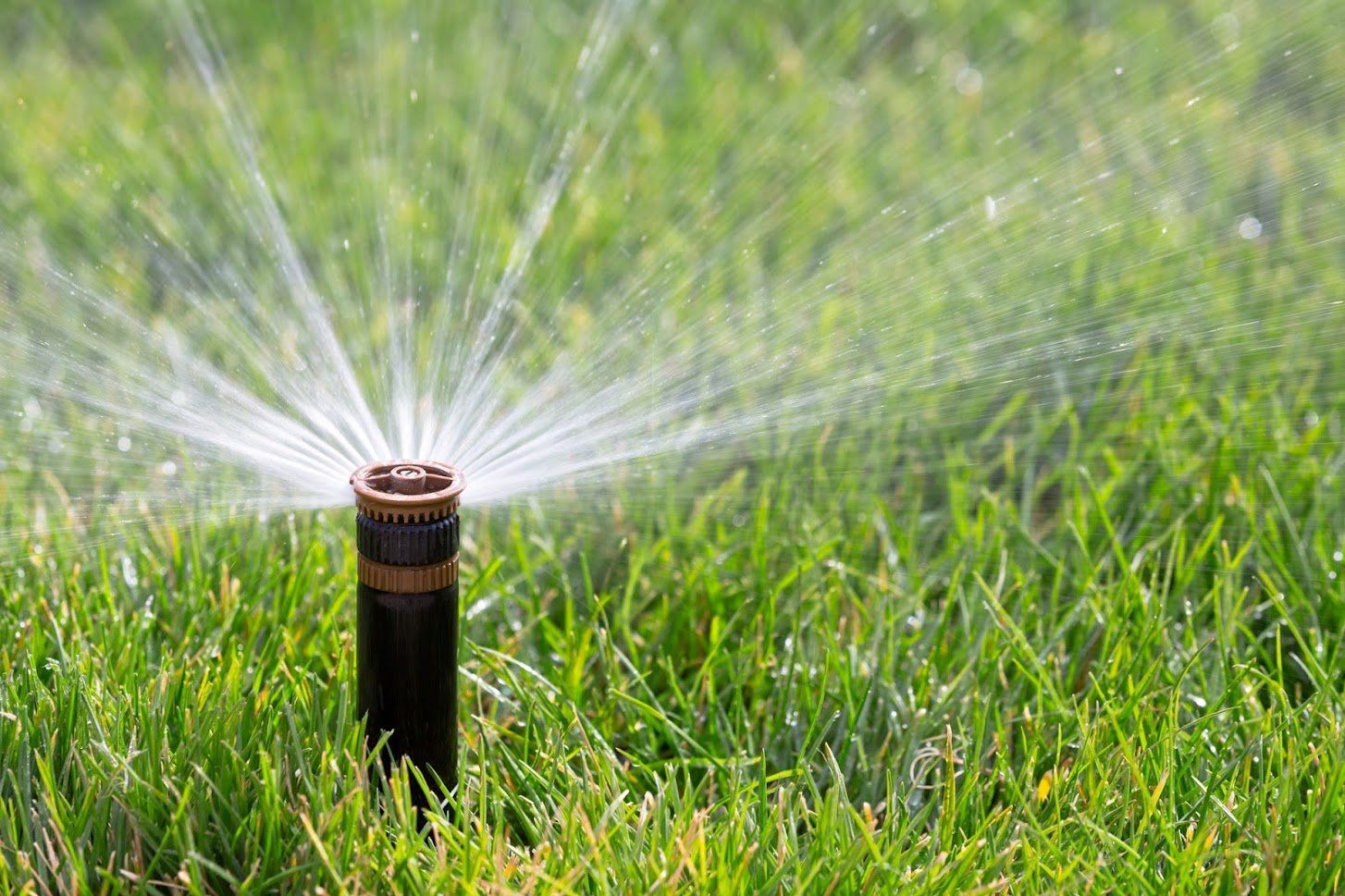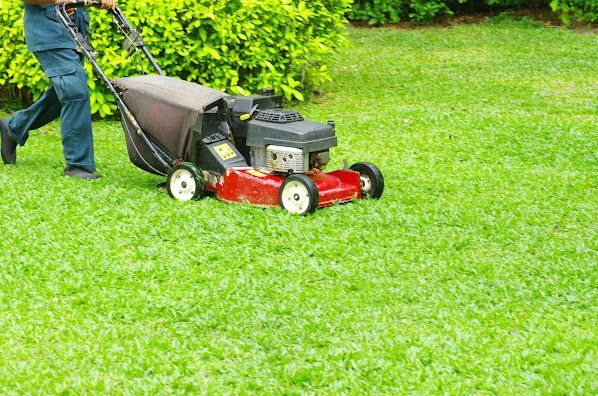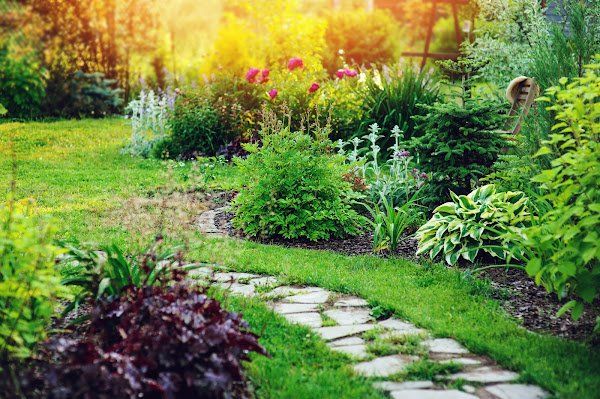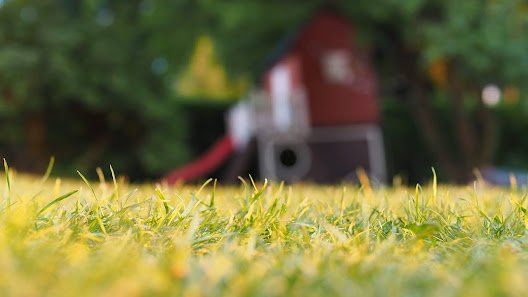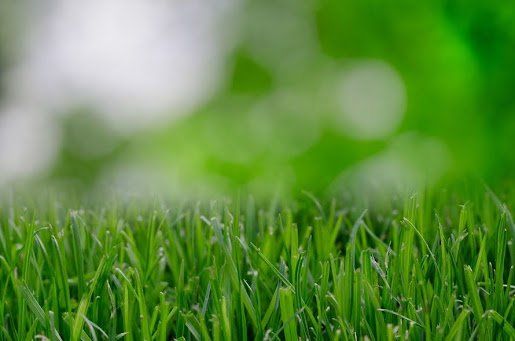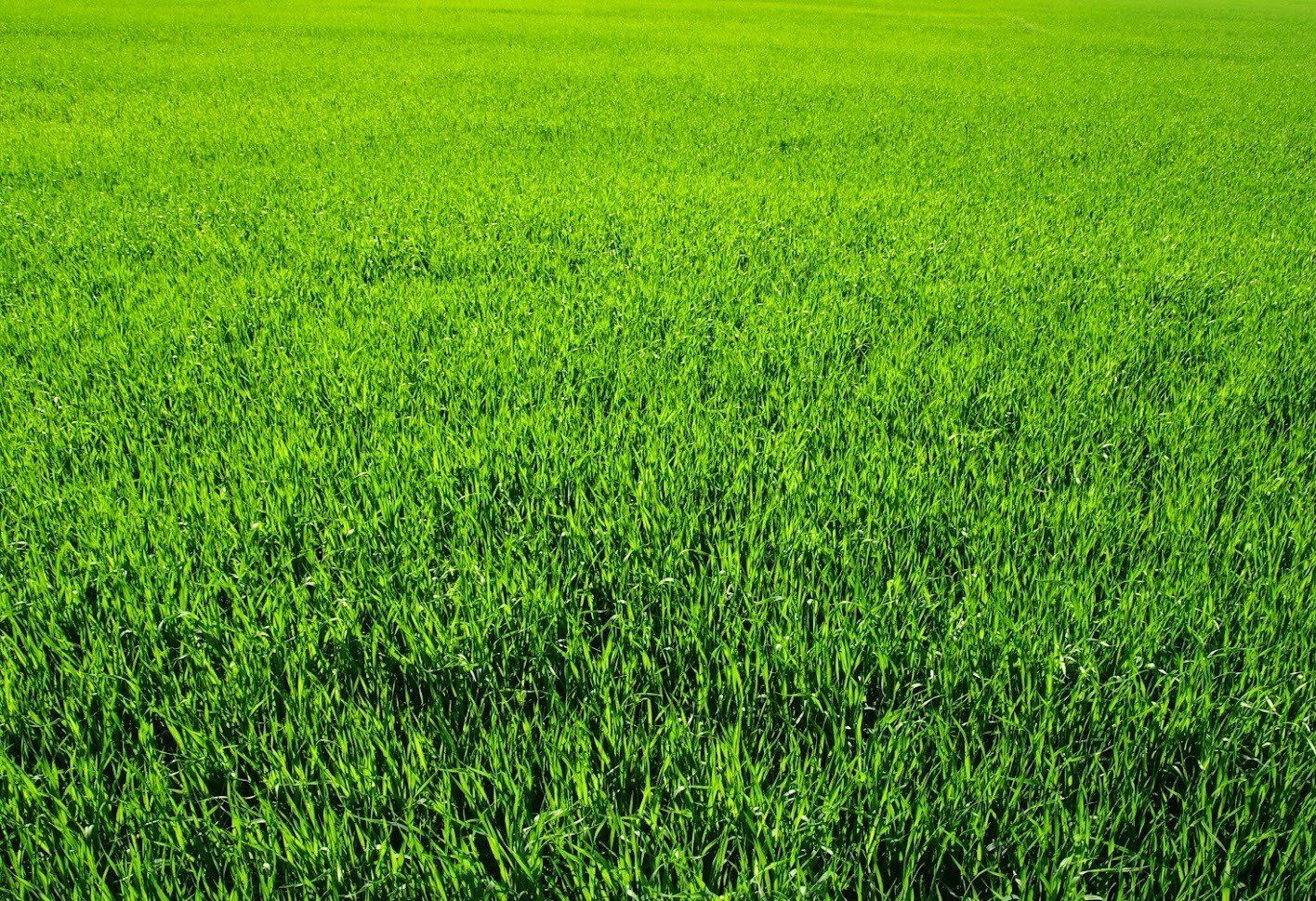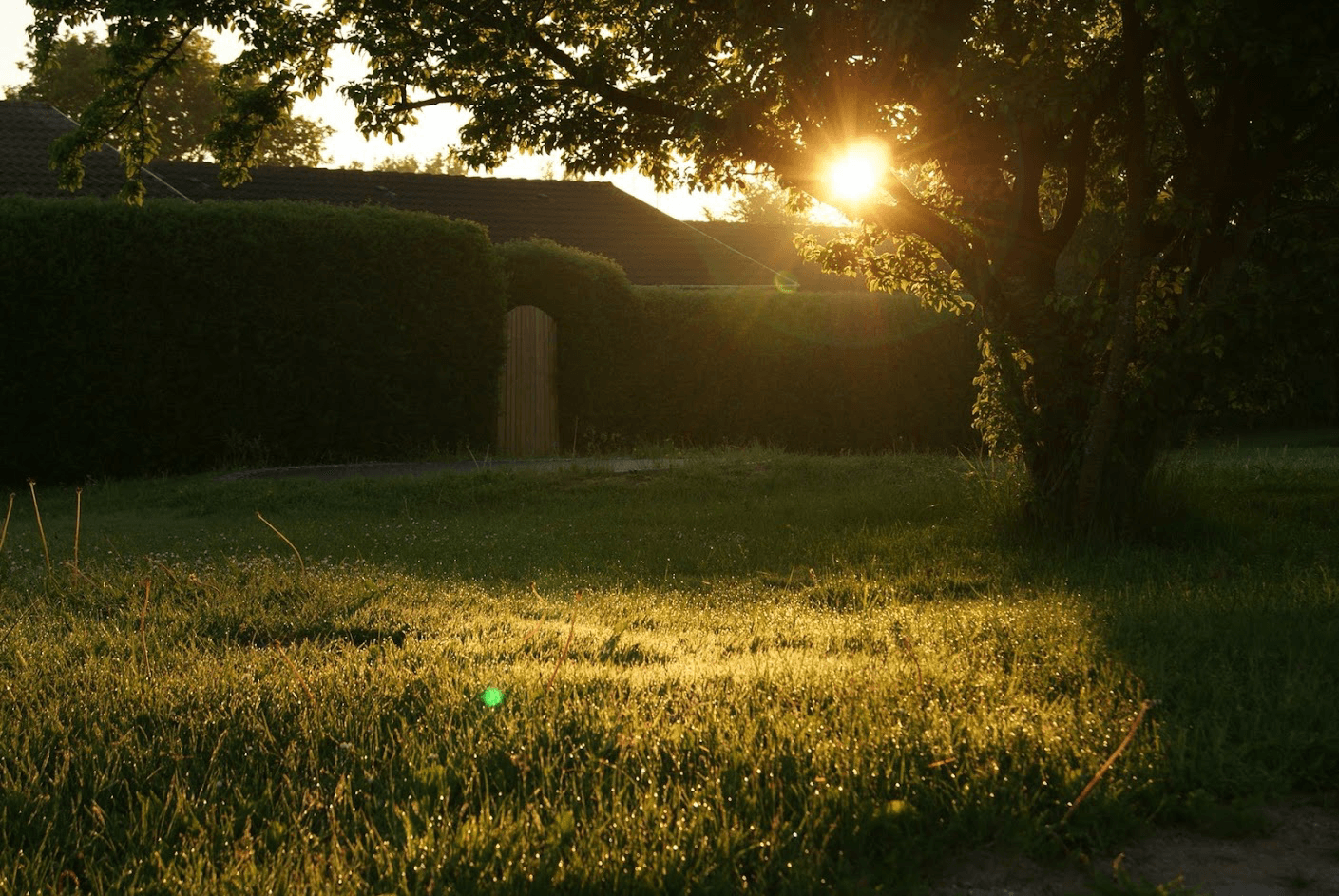Causes and Solutions for Winter Lawn Problems
As winter marches on, you may be looking forward to the first patches of greening grass as they emerge from beneath the layers of snow or frost. Unfortunately for many homeowners, this joy is cut short when dead patches emerge instead of the hoped for green. Fortunately, you can quickly repair winter lawn problems once the weather begins to warm.
Common Issues
Under that blanket of snow or frost, problems could be killing your lawn. Know the common culprits so you can develop a plan to deal with lawn issues once the thaw begins in late winter and early spring.
Snow Mold
Snow mold occurs when heavy snow falls early in the season, before the ground freezes. Fungus in the soil survives under the snow, where it affects the grass. As the snow and frost recedes, you will be greeted with a spotted brown lawn that appears matted with a pink or white coating over it.
Snow mold can continue to grow and affect your lawn until either temperatures warm or the lawn dries out.
Spot and Patch Diseases
Spot and patch diseases are caused by a fungus. Once the snow recedes, you may notice discolorations or spots on individual grass blades or entire brown patches of dead grass.
These diseases aren't just about appearances. The fungus can eventually attach the crowns of your grass, killing the plants entirely and preventing recovery of the lawn unless you intervene.
Bare Areas
Bare areas can result from paths across a dormant lawn, ice melt chemicals, or damage along sidewalk verges from snow removal. Damage may not be obvious until the rest of the lawn begins to green up in early spring. At that time, you may notice thin areas or areas with dead grass.
Remedies and Repair
Fortunately, grass damage isn't permanent, and you can have the lawn looking good again in short order. The key is to repair promptly in the spring and then prevent future damage the following fall.
Damage Removal
Dead grass isn't likely to recover; instead it will suppress new growth, and it may continue to harbor bacteria or fungal spores that can result in future issues. Strip out the old turf and its roots for a new start.
If you want to try and save the grass, you may be able to if the problem is snow mold or simple bare spots. Begin by removing the dead grass and thatch layer with a dethatching rake. From there, you can either give the grass time to recover on its own or you can overseed it with lawn seed.
Resodding
Sod is the answer for quick lawn recovery. Unlike seeding, sod provides an instant lawn that you can begin using within a few days and that will be fully established within a couple of weeks.
Build up the soil with compost and a starter fertilizer to encourage rapid establishment of the new sod. As a general guideline, warm season grasses are more likely to establish quickly from sod. Your sod is established once it has rooted into the soil beneath, which usually coincides with when the grass has grown long enough for its first mowing.
Future Treatment
Prevent future issues beginning at resodding. Opt for varieties of grass that are disease resistant in your area. You can achieve this by only purchasing sod from local turf farms.
Fungicide application in fall can help with some disease, like Bipolaris leaf spot or Rhizoctonia brown patch. Further, skip nitrogen fertilizers in the fall, since these are more likely to feed over-wintering disease organisms rather than your lawn grass.
Contact
Novasack Turf Farms so you can get the sod you need to begin your turf recovery plan.


